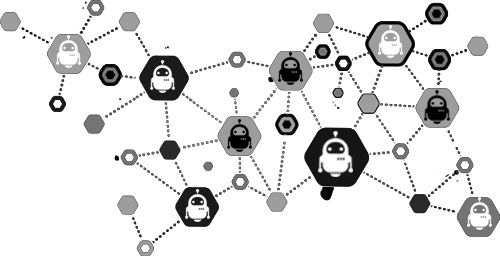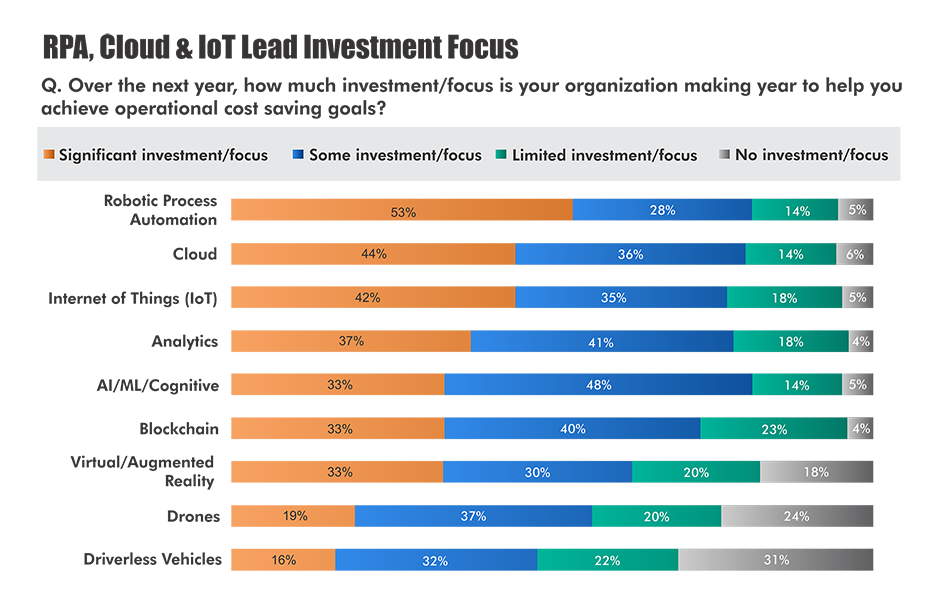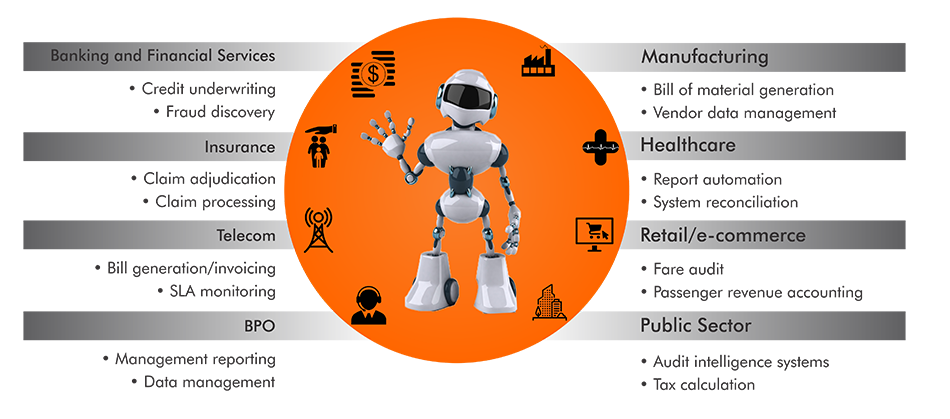Assessing an Outsourcing Option for Robotic Process Automation
Bots, the end-product of Robotic Process Automation (RPA), are currently all the rage in health care. Working without breaks nor needing shift changes, and without requiring sick, personal, or vacation days, bots streamline manual repetitive processes across multiple user interfaces. Every process is completed with 100% accuracy, meets 100% compliance, 100% of the time. Bot-performing processes facilitate critical clinical and business compliance and adhere to regulatory requirements.
Immensely impacting to top and bottom line operational targets, bots are very appealing to health care leaders. In addition to the promise of accuracy, efficiencies gained with bots allow for a more strategic focus on patient care and the patient experience, limit provider burnout, and lower health care costs.
Beyond assessing the right workflows for bot automation, health care leaders must choose the right strategy to leverage RPA to fit their organization. For many, there is a very strong case to outsource.
Building bots is difficult. Developers are replicating every single human movement and action. From logging on, to correctly selecting fields, a bot has to be built to do exactly what a human would do. Step-by-step. Without errors. Bots are a key factor in solutions.


Scenarios like the following are common
Client A is a standalone 70-bed hospital. Their intensive care unit (ICU) includes 17 beds and employs three nurses per shift for three shifts per day. The standard regulatory and compliance procedure requires every nurse to capture patient’s vitals at every shift change. This is a manual task requiring each nurse to copy a wave form, convert it to PDF format, then copy to the patient’s medical record.
On the annual “wish list,” information technology (IT) leadership at Client A receives a constant request from clinical staff to streamline the shift change vitals capture procedure.

Process Validation
Within the senior leadership team, the main point of contact had a dual role at Client A as both Chief Information Officer and Chief Revenue Officer. They were constantly assessing cost to benefit and seeking solutions to make the business safer and more efficient. For them, cost is always a challenge. Equally so is providing necessary solutions to make a hospital great.
Vee Healthtek consulted with the CIO about facilitating compliance and regulatory requirements options. On the surface, three existed. They initially had to decide whether to 1) continue the manual process, 2) purchase an RPA platform and build bots internally, or 3) contract with electronic medical record (EMR) and telemetry vendors for HL7 interfaces.
They definitely had a lot to consider. While the cost was lowest with the first option, the risk was the highest. The second option had a higher cost with a lower risk. The third option carried less risk at an exorbitant price.
The Right Solution Presents Itself
A new option emerged for the CIO when our IT specialists were brought in to assess potential solutions for the client. After careful deliberation, the team presented the client with an even more impactful option. Less risky than continuing the manual process and less expensive than interfacing, their solution offered scalability for other processes which included outsourced RPA licensing, hosting, bot development, and maintenance.
The CIO took time to evaluate.
Mutually Beneficial Partnerships Require Trust
For the CIO, outsourcing RPA could deliver a cost benefit, though he had some concerns. Would adding a platform work? With Client A’s IT resources already stretched thin, adding another platform that could possible sit on the shelf was not a valid option. And the costs to interface could not be justified. He had to trust the experts at Vee Healthtek.
Our seasoned IT solution experts were ready for a new challenge. With a team of 30 RPA trained engineers, they possessed over 20 proven workflows automated with bots. They sought the chance to host a RPA license for a client, the opportunity to develop bots specific to a client’s need, and the experience of automating critical compliance and regulatory processes while maintaining 100% accuracy.
An additional mutual concern for both Client A and the Vee Healthtek IT team was related to information security. Many clinical and business workflows require user interactions with multiple systems, including those of Client A. Our IT specialists knew they had to protect Client A’s technology infrastructure while maintaining Vee Healthtek’ track record of zero compliance violations.
Both chose to trust, and shared mutual successes.
Beyond Trust is a Shared Mission
Today, Client A and their CIO are happily promoting their new workflow design for clinicians with RPA. They are anxious to expand use of RPA and bots. Without the resources to build and grow, Client A’s processes would have remained manually intensive and high-risk for compliance and regulatory issues. Instead, thanks to our IT specialists, the CIO is able to sleep a little better at night.
